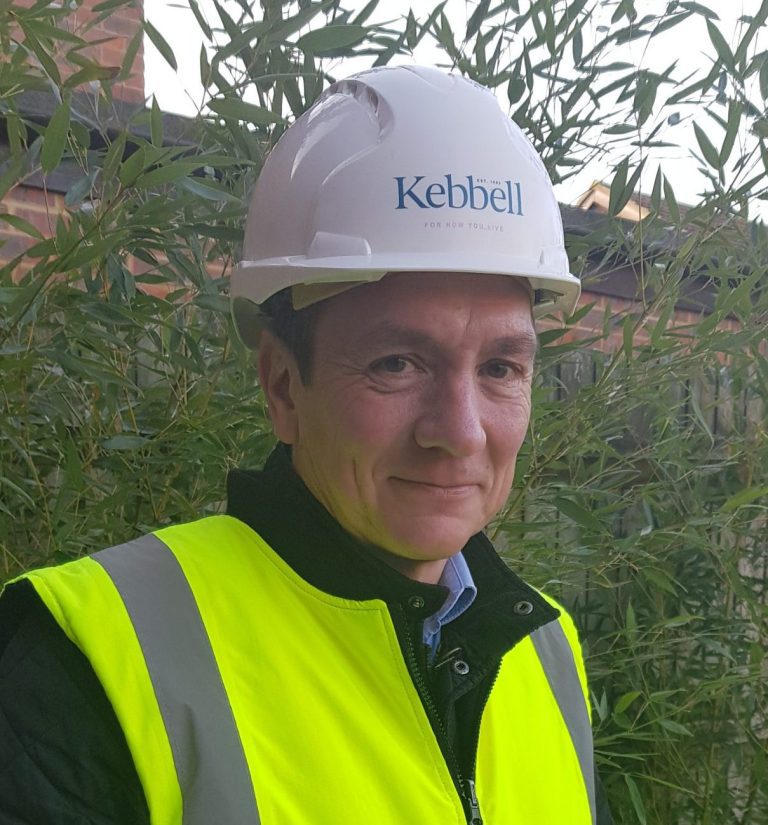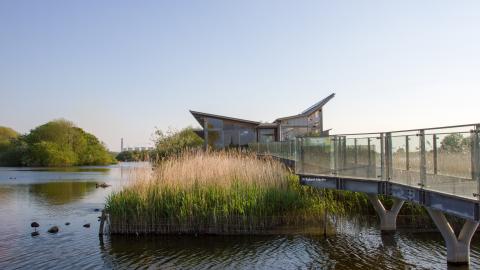When creating a new 21st Century community at the scale of a traditional small market town (circa 4500 homes, large enough for a secondary school), the most critical element is its town centre – its beating heart – a thriving social and economic anchor, on which lies its success, writes Lord Matthew Taylor. In times gone by, towns would start up at a river crossing, crossroads or market square where travellers could rest and eat or simply wait for the ferry. Traders, innkeepers, blacksmiths, bakers and so forth would vie for the passing and resident trade. As demand grows, the street grows too alongside churches, schools, court houses and squares for markets and places to gather for public events and celebration. Over time, it becomes the High Street and the heart of the new town. England’s market towns are defined by these historic centres, with many traditional, although fewer modern, models to draw on. This was the vision of Ebenezer Howard, and delivered with the still thriving (and popular) centre in Letchworth Garden City, with a nod to Marlborough in Wiltshire or Faversham in Kent. Key Principles Looking ahead, I’d suggest four guiding principles for successful new Garden Communities: 1. A Clear Idea of Success The Garden Community Programme as a whole has to think beyond just attractive ‘homes and streets’. From the start there has to be both a clear vision of what success will look like, and even more critically, a clear, stage-by-stage delivery plan that will enable the sequencing and curation of this vision. 2. Human Scale Alongside this sense of place, communities that are planned with High Streets that are walkable, with densities that have an attractive, human scale urban form, are not just sustainable but also deliver better local commercial outcomes. Designing in focal points at the centre creates momentum of movement and patterns of behaviour, rather than losing people from day one to centres elsewhere. 3. Generating Local Economy Supporting a vibrant range of local enterprises and start-ups means including small premises with low rents, with low fit-out costs, below rateable value and suitable for a variety of uses. The best of these are proving not just resilient to the impact of the internet, but more and more attractive to locals. In Poundbury in Dorset, and Nansledan in Cornwall, an impressive range of shops, cafes and more were factored in at the start, with the early development curated to support and foster them. 4. Vibrant Settlements, not ‘Bolt-Ons’ The fundamental ambition of the Garden Community programme is to create new settlements that grow into vibrant 21st Century towns and villages – not commuter housing estates in the countryside. However, there is a notion that this historic quality and range of facilities cannot be delivered in a new community, and that the limited offer that can only be made viable late in the development, once significant housing has been delivered. Both views are a recipe for failure in place making. A wide range of shops and other facilities can thrive, if well planned, sized and priced for local entrepreneurs. creating the critical mass people will actually use. And this needs to grow with the community to establish patterns of internalisation and community from the earliest possible stages. Summary – Creating the beating heart In short, a successful community has to start with seeding a thriving centre. It will need to be planned from the beginning to grow this way, establishing a sense of place, and movement patterns that build local momentum. However, it does not rely purely on a backward glance to historic centres. New settlements such as Poundbury, with less than 1500 homes, have delivered distinct and successful retail neighbourhoods, coupled with a driving force of local entrepreneurs. Working out what that successful heart looks like, and then defining how it is sequenced and delivered, is the essential task. That is the only way to ensure that any new settlement, or major urban extension, meets the Garden Community ambition, the aspirations of the council, and above all what future residents will expect of a great community in the 21st century.













